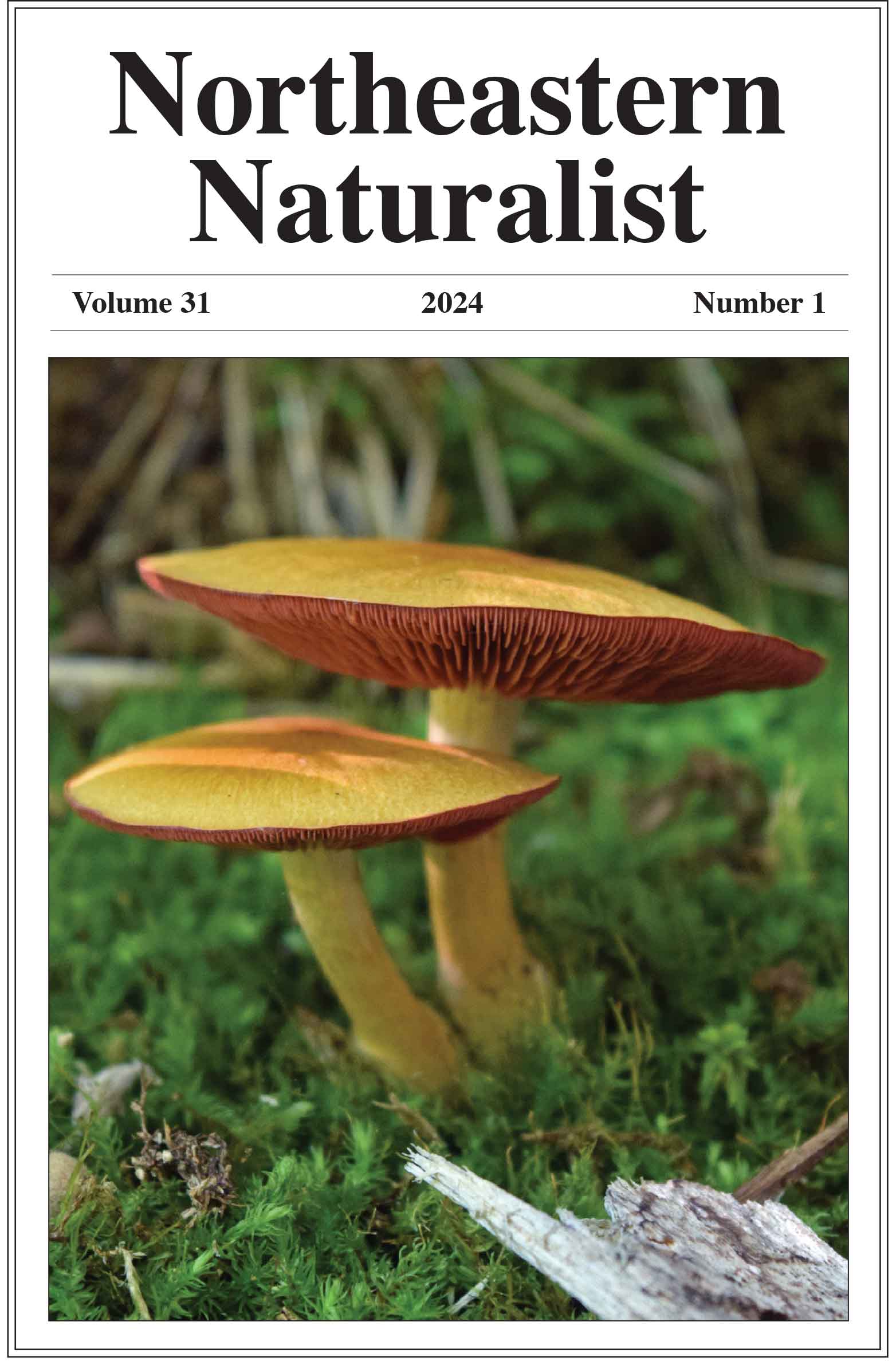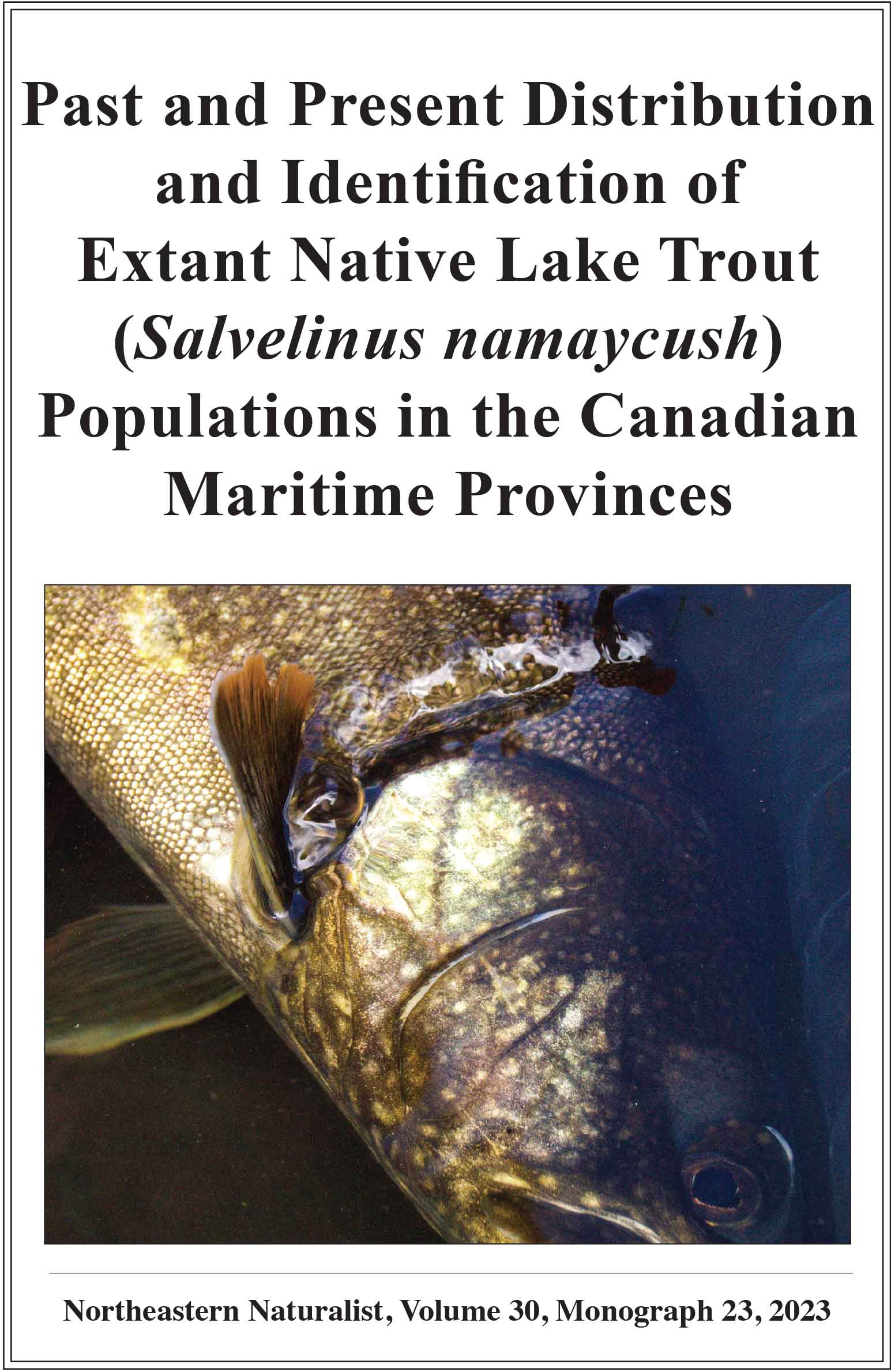Aquatic Hermaphrodite Snails Exposed to Polychlorinated Biphenyls (PCBs) Experience Increased Mortality, Reduced Reproduction, and Endocrine Disruption
Terri Provost1,* and Thomas M. McCarthy1
1Department of Biology, Utica University, Utica, NY. *Corresponding author.
Northeastern Naturalist, Volume 29, Issue 3 (2022): 382–392
Abstract
Populations of freshwater gastropods are decreasing globally. To investigate one aspect of decline, we exposed the benthic dwelling hermaphroditic snail Planorbella (= Helisoma) trivolvis (Say) (Marsh Rams-horn) to polychlorinated biphenyls (PCBs). Marsh Rams-horn is a simultaneous hermaphrodite, suggesting that disruption of reproductive success is independent of snail interaction and more dependent on internal controls. We examined the impact of exposure to PCBs on mortality, reproductive success, and tissue hormone concentrations. Exposure to Aroclor®1254 in concentrations found in natural habitats caused higher mortality and reduced reproductive success. Additionally, tissue estrogens were significantly elevated while testosterone remined unchanged in PCB-exposed snails. Given the importance of hermaphroditic freshwater gastropods in ecosystems, worldwide population decline, and ubiquity of PCBs, identifying the impact of exposure informs our ability to combat population loss.
![]() Download Full-text pdf (Accessible only to subscribers. To subscribe click here.)
Download Full-text pdf (Accessible only to subscribers. To subscribe click here.)
Access Journal Content
Open access browsing of table of contents and abstract pages. Full text pdfs available for download for subscribers.
Issue-in-Progress: Vol. 31 (2) ... early view
Check out NENA's latest Monograph:












 The Northeastern Naturalist is a peer-reviewed journal that covers all aspects of natural history within northeastern North America. We welcome research articles, summary review papers, and observational notes.
The Northeastern Naturalist is a peer-reviewed journal that covers all aspects of natural history within northeastern North America. We welcome research articles, summary review papers, and observational notes.